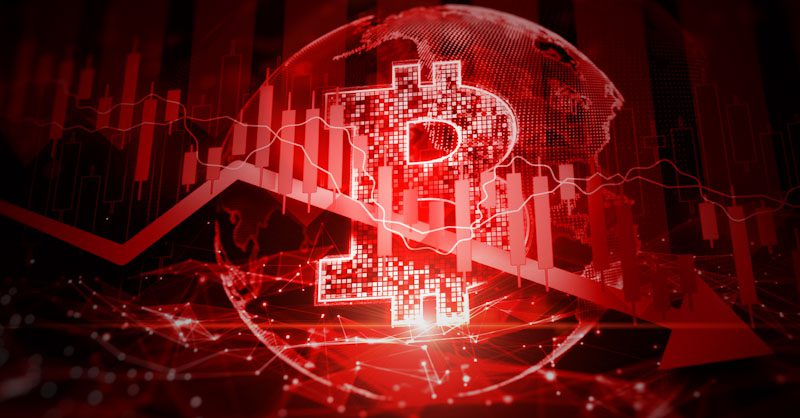Cuatro años después, volvimos a conversar en una muy interesante entrevista al respecto de TODO lo que pasó desde entonces en el mundo de los pagos digitales y el ecosistema fintech tanto en Argentina como en América Latina.
Comparto la entrevista en el siguiente enlace: Link al episodio aquí



